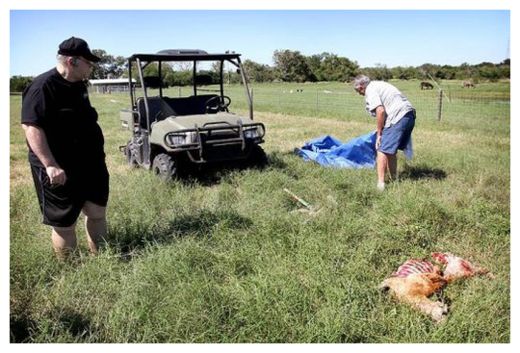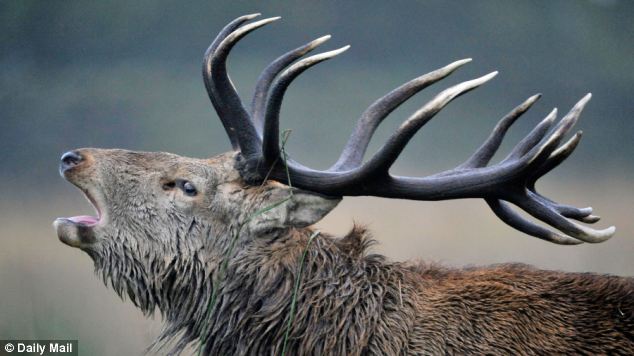
© Chron
The Humane Society of the United States is now offering a reward of up to $5,000 for information regarding
a series of brutal sheep mutilations in Port Lavaca.
The Calhoun County Sheriff's Department has also been offering up to $2,500 from a private donor for any information regarding the sheep mutilations.
Wayne and Karen Daggs, of Port Lavaca, have lost 21 of their prized Barbado sheep since July. Calhoun County sheriffs had been involved since the beginning of Daggs' sheep killings. Even a local UFO investigator has weighed in on the incidents, adding an extra bit of weirdness to the story.
The last reported mutilations occurred at the beginning of October.
"The mutilation and torture of so many defenseless sheep is a real life horror story and a shocking act of violence within this community, said Katie Jarl, the HSUS state director in a press release. "We are hopeful that this reward will bring forward anyone with information about this heinous crime." Daggs put the cost of the animals he's lost at around $1,250.
Bobbie Vickery, with Calhoun County, says the Daggses lost a sheep on October 17 to a bobcat. The sheep was found with wounds not like the wounds found on the other mutilated sheep.
The HSUS hopes that the money will lead to the identification, arrest and conviction of the person or people responsible for the killings. They see a connection between animal cruelty and human violence, pointing to studies showing a correlation between animal cruelty and all manner of other crimes.
The HSUS recently doubled its standard cruelty reward from $2,500 to $5,000, with the money coming from a donation by a HSUS board member.
